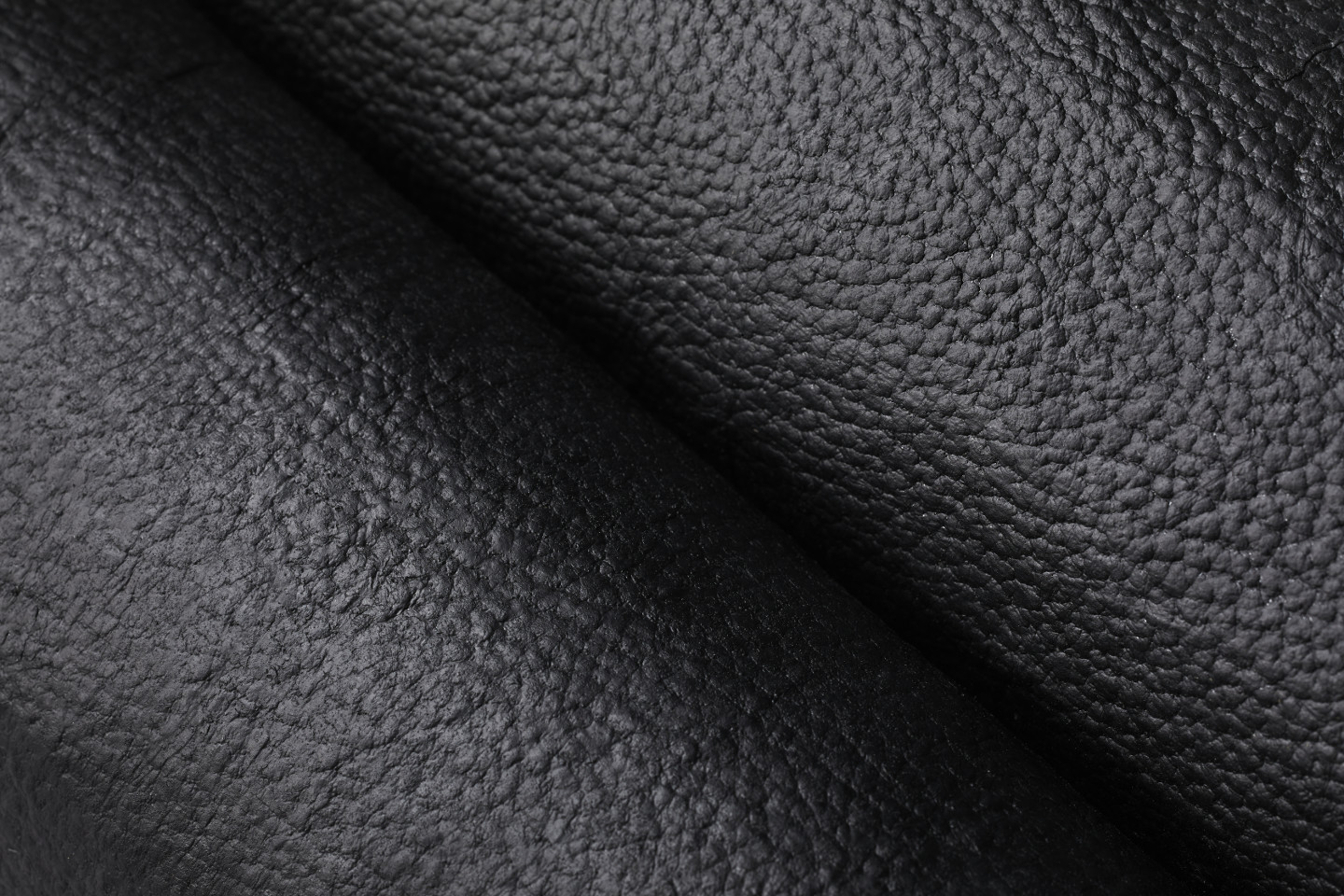An environmentally sustainable material created from fast-growing mushroom root systems could disrupt the leather clothing business. San Francisco-based Bolt Threads‘ focus on the earth’s urgent need for sustainable fashion resulted in Mylo, a sustainable biomaterial the company claims looks and feels like cowhide.
Leather garments fall in and out of fashion, in part because of how leather is created. Regardless of current styles, when animal advocates and environmentalists sound off on leather clothing and accessories, animal cruelty and atmospheric damage caused by massive quantities of destructive gases are the common themes.
Want the leather look but hold back because you like animals and entertain fond thoughts about our planet? Don’t turn to faux leather. Plastic-based leather substitutes often look and feel somehow “off.” Typically hot and clammy because they don’t breathe naturally, petroleum-derived fake leather garments raise environmentalists’ ire as well.
Mylo follows Bolt Thread’s earlier success with Microsilk, a synthetic spider silk. The company produces Microsilk with a process Forbes described as “oddly similar to making beer.” Synthetic leather was the next challenge and Mylo is the result.
Mylo vegetarian leather grows quickly according to Bolt Threads. The key ingredient is mycelium, the mushroom underground root structure. When mushrooms grow in forests in the wild, massive networks of tiny threads form beneath the forest floor.
“We developed Mylo from mycelium cells by creating optimal growing conditions for it to self-assemble into a supple, sustainable material that looks and feels remarkably like animal leather,” according to the company website. “Mylo can be produced in days versus years, without the material waste of using animal hides.”
Bolt Threads grows mycelium cells in beds of corn stalks with carefully controlled temperature and humidity. After the company adds unspecified additional nutrients billions of cells develop. The cells form thick 3D-interconnected networks. The next steps in the process include compressing the 3D-network structure and then tanning and dyeing the much thinner material.
Mylo isn’t leather because it is not made of animal hides. However, according to Bolt Threads, Mylo is soft, supple and has a warm feel. The company also claims the material is strong and abrasion-resistant.
Bolt Threads introduced Mylo at the Victoria and Albert Museum’s Fashioned from Nature exhibition in April with sample material and the Mylo Falabella Prototype One, a bag designed by Stella McCartney. With additional technology optimization, Bolt Threads plans to market Mylo commercially.





